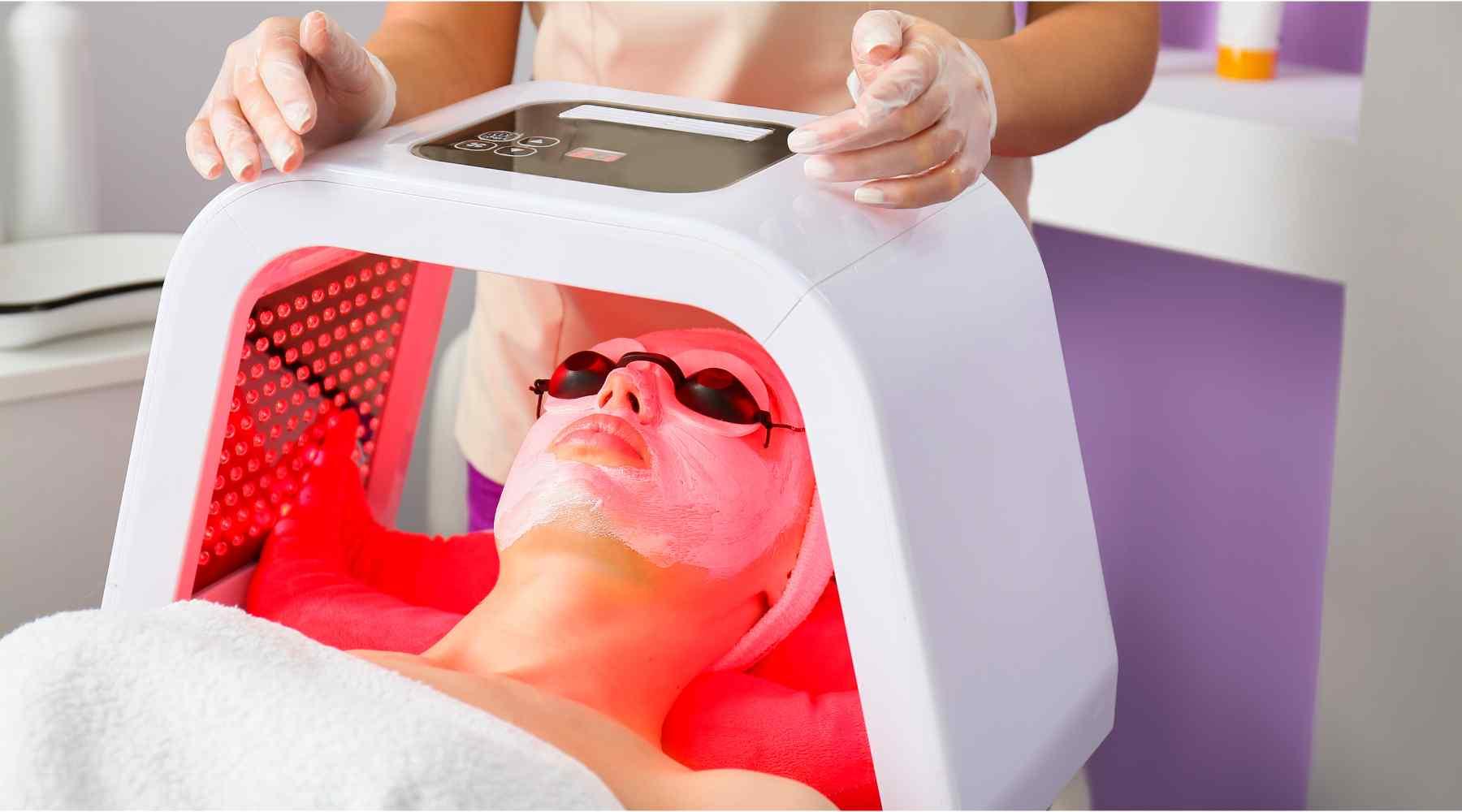The phototherapy lamps market has witnessed significant growth in recent years, driven by the increasing demand for non-invasive and effective treatment options for a variety of medical conditions. From neonatal jaundice to skin disorders like psoriasis, and even mental health conditions such as Seasonal Affective Disorder (SAD), phototherapy offers a versatile and highly sought-after solution. Several key growth catalysts are propelling the expansion of this market, including technological advancements, rising awareness of light therapy, improving healthcare infrastructure, and increasing demand for homecare solutions.
1. Technological Progress in Phototherapy Devices
One of the major catalysts for growth in the phototherapy lamps market is the rapid advancement of technology. Traditional phototherapy lamps using fluorescent light are being replaced by more energy-efficient, durable, and precise LED-based lamps. LEDs offer specific light wavelengths that are better suited for treating conditions like neonatal jaundice and psoriasis, improving the overall effectiveness of treatment.
Additionally, the integration of smart technology into phototherapy devices is transforming the user experience. Features such as adjustable light intensity, timers, remote monitoring, and app-controlled settings allow for personalized treatment, which is expected to enhance patient outcomes. The development of portable and user-friendly phototherapy devices has also expanded the accessibility of these treatments, particularly in homecare settings.
2. Increasing Prevalence of Neonatal Jaundice
The growing incidence of neonatal jaundice is another key driver for the phototherapy lamps market. Neonatal jaundice, a condition where newborns experience a buildup of bilirubin in the blood, requires prompt treatment with phototherapy. With over 60% of newborns worldwide experiencing some form of jaundice, the demand for phototherapy devices continues to rise. Technological advancements in LED-based phototherapy lamps, which are safer and more efficient than older models, are expected to drive growth in this segment.
As healthcare systems improve in developing countries, access to phototherapy devices for treating neonatal jaundice is becoming more widespread, further driving market expansion in these regions.
3. Rising Awareness of Light Therapy for Skin Disorders
Phototherapy’s effectiveness in treating various dermatological conditions, such as psoriasis, eczema, acne, and vitiligo, is a significant growth driver for the market. As patients seek alternatives to oral medications and topical treatments, light therapy is becoming an increasingly popular non-invasive solution. Phototherapy lamps, which emit UV light in controlled doses, help to reduce inflammation and slow the rapid skin cell turnover associated with psoriasis, making them a go-to treatment for dermatologists.
The rising awareness about the benefits of phototherapy for treating skin disorders, coupled with the growing prevalence of conditions like psoriasis, is driving demand for these devices in dermatology clinics and even homecare settings.
4. Treatment of Mental Health Conditions: Seasonal Affective Disorder (SAD)
Seasonal Affective Disorder (SAD), a type of depression triggered by lack of sunlight during the winter months, is another area where phototherapy lamps are seeing growing demand. Light therapy is recognized as an effective treatment for SAD, as it mimics natural sunlight and helps regulate the body’s circadian rhythm. The increasing awareness of mental health conditions, along with the non-invasive nature of light therapy, is driving the adoption of phototherapy lamps for the treatment of SAD, particularly in regions with long, dark winters.
As more people seek alternatives to medication for managing mood disorders, the demand for phototherapy devices is expected to continue rising, further contributing to market growth.
5. Homecare and Portability
Another critical growth factor for the phototherapy lamps market is the increasing demand for homecare solutions. Portable and easy-to-use phototherapy devices allow patients to undergo treatment in the comfort of their own homes, reducing the need for hospital visits and lowering treatment costs. During the COVID-19 pandemic, many patients have turned to home-based healthcare solutions, accelerating the trend toward portable phototherapy devices. For conditions like neonatal jaundice, where early and consistent treatment is essential, home phototherapy units have become an essential tool for families.
The ability to offer effective phototherapy in home settings is expected to further fuel market growth, as it provides a more accessible and convenient option for patients and healthcare providers.
Conclusion
The phototherapy lamps market is poised for continued growth, driven by technological innovations, rising demand for non-invasive treatments, and increasing awareness of the benefits of light therapy. As advancements in LED technology improve the precision and efficiency of phototherapy, and the need for treatments like neonatal jaundice, skin disorders, and SAD rises, the market is set to expand globally. Moreover, the growing trend of homecare solutions will continue to make phototherapy more accessible, further driving adoption across various healthcare settings.



